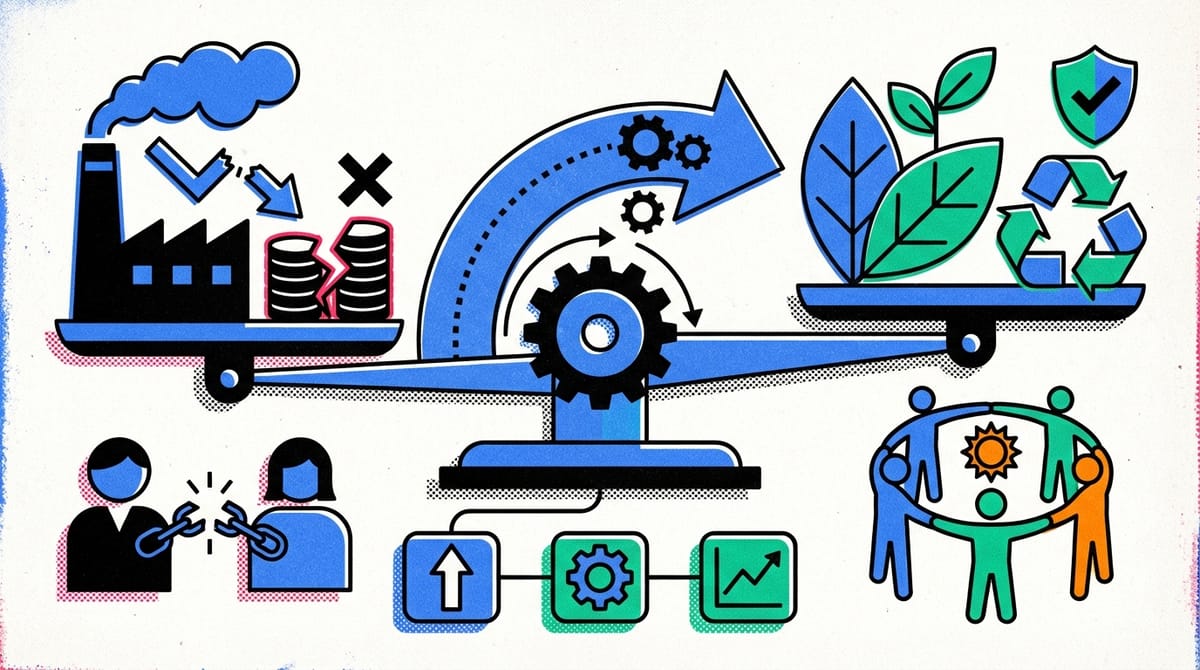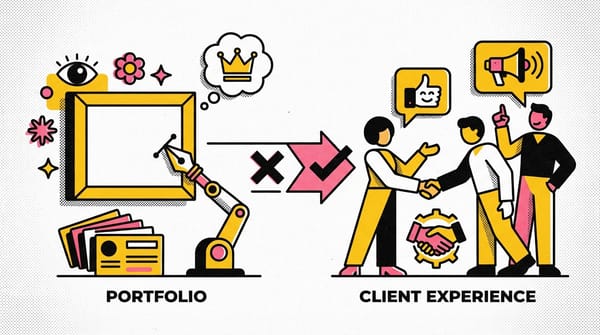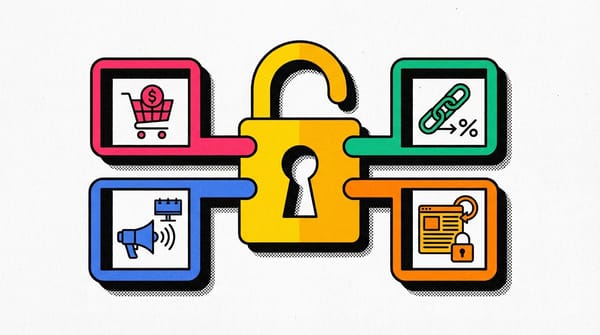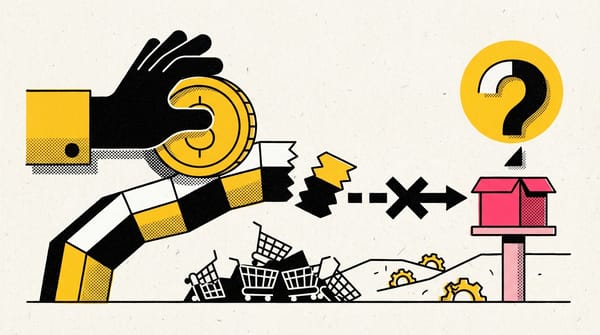11 – Eco-Social Costs
Discover how to identify and minimize eco-social costs in your business model for a sustainable future. Learn key strategies for responsible growth!

A look at the business model from the product manager's point of view
CANVAS 13 - Great guide on the business model, from the product manager's point of view
1 – Customer Problem
2 – Customer Segments
3 – Value Propositions
Value Proposition Formulation Map
4 – Customer Relationships
5 – Channels
6 – Revenue Streams
7 – Key Activities
8 – Key Resources
9 – Key Partners
10 – Cost Structure
You are here ➔ 11 – Eco-Social Costs
12 – Eco-Social Benefits
13 – KPI (Key Performance Indicators)
Eco-social Costs of Our Business: The Key to Sustainable Development
In today's world, businesses need to be not only economically successful but also environmentally responsible. Analyzing eco-social costs is one of the tools for assessing the sustainability of a business model. This key element of the Business Model Canvas structure helps companies identify and minimize the negative impact of their activities on the environment and society.
What environmental or social costs does our business model cause?
Our actions can lead to various environmental and social consequences, including air and water quality degradation, destruction of natural habitats, and social injustice. Understanding these consequences not only helps us strive for "green" policies but also strengthens our reputation among consumers and partners.
What key resources are non-renewable?
Identifying non-renewable resources, such as certain types of minerals or depletable energy sources, is critically important for planning long-term sustainable development strategies. Understanding this aspect allows us to review and optimize resource use, moving towards more sustainable alternatives.




